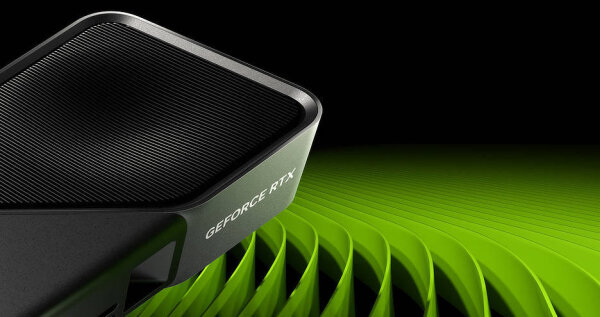With the RTX 5060 Ti, Nvidia is launching another relatively interesting variant of its new Ada generation. Interesting because the card will now be Nvidia&s cheapest card with 16 GB of GDDR7 RAM - which for the time being represents the largest possible memory configuration of current consumer GPUs from Nvidia under 2,000 euros (Only the RTX 4090 is delivered with 24 GB for over 2,000 euros). Although the memory is only connected with 128 bits, it still achieves a satisfactory 448 GB/s because it is the new GDDR7 technology.

Also included are the full hardware decoders and encoders including YUV 4:2:2 10 bit support. So far, the cheapest Nvidia card with 16 GB and this codec configuration was the RTX 5070 Ti, which currently offers 256 bit memory connection with 896 GB/s for around 900 euros.
The RTX 5060 Ti, which is about half as fast, should also only cost half as much when it is presented tomorrow (approx. 450 euros). Due to fluctuations in the dollar exchange rate and possible customs surcharges, the actual prices are likely to be subject to strong fluctuations not only at the time of the presentation. In the best case, you could even see prices around 400 euros.
We would not install a GPU with less than 16 GB in any current editing computer, which is why the RTX 5060 Ti should be of interest to users who are primarily interested in the new hardware codec options. In terms of pure computing power (and installed in a suitable system), an RTX 5060 Ti with approx. 23 TFLOPS FP32 on paper should even be able to beat an Apple M4 Max with similar algorithms. The relatively low maximum power consumption of 180 W could also be an important argument as an upgrade option for older or weaker systems. To what extent it is worth saving 400–500 euros on the GPU in a new system is discussed in this article on the selection of hardware for video editors.

